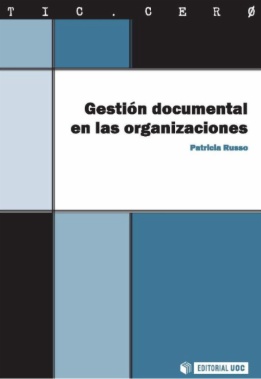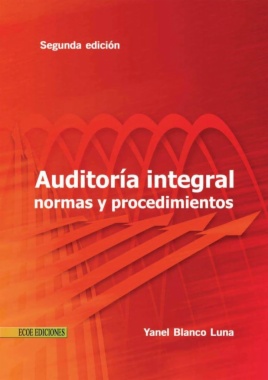Memoria de la Secretaría de Hacienda y Fomento al Congreso de los Estados Unidos de Colombia en sus sesiones de 1864
Este contenido es de libre acceso. Solo haz clic en el siguiente botón.
Ir a este contenido- Autor
- Año de publicación 1864
- Idioma Español
- Publicado por Bogotá: Imprenta de la Nación
- Descripción
-
Citación recomendada (normas APA)
- Colombia. Ministerio de Hacienda y Crédito Público, "Memoria de la Secretaría de Hacienda y Fomento al Congreso de los Estados Unidos de Colombia en sus sesiones de 1864", Colombia:Bogotá: Imprenta de la Nación, 1864. Consultado en línea en la Biblioteca Digital de Bogotá (https://www.bibliotecadigitaldebogota.gov.co/resources/2092780/), el día 2025-12-19.


